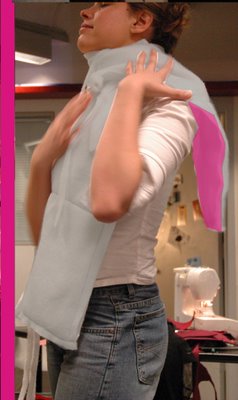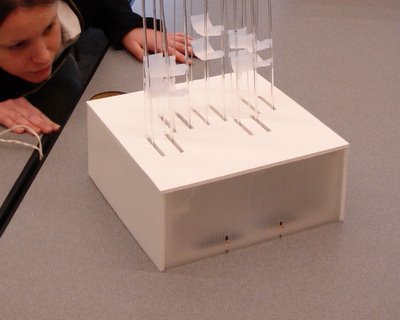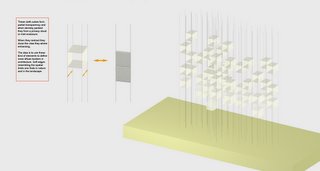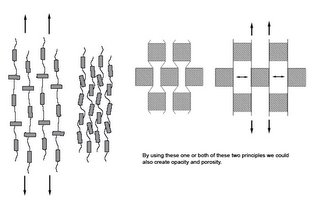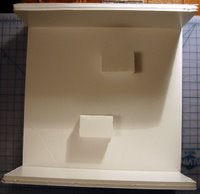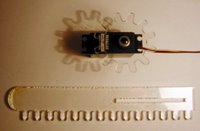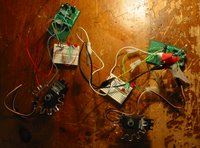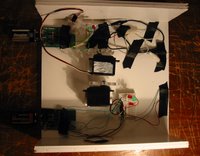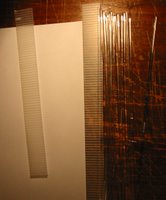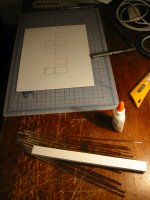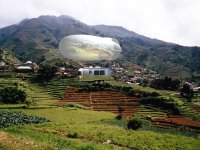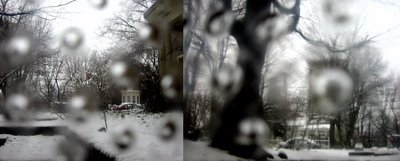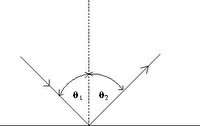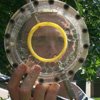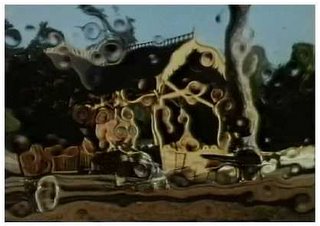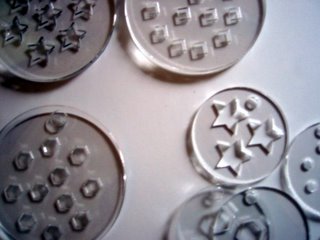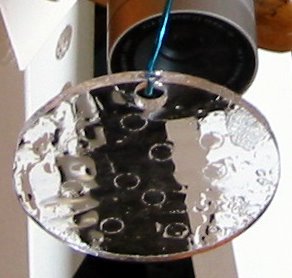Lô đề online là một trong những hạng mục giải trí siêu hấp dẫn được nhiều người chơi yêu thích trong nhiều năm trở lại đây. Trong số các nền tảng đang hoạt động, đông đảo người chơi đánh giá trang lô đề nổi tiếng Vi68 nổi bật hơn cả nhờ sự uy tín, chất lượng và tính bảo mật cao. Vậy thực hư những đánh giá này của người chơi như thế nào, ngay bây giờ bạn hãy cùng đi sâu tìm hiểu nhé.
1. Đánh giá trang lô đề nổi tiếng Vi68 và giới thiệu về sân chơi
Vi68 là một trong những thương hiệu nhà cái lô đề không còn xa lạ với cộng đồng game thủ trực tuyến. Nhà cái này được thành lập lần đầu tiên vào năm 2020 và đã nhanh chóng khẳng định được tên tuổi của mình tại thị trường cá cược Châu Á, đặc biệt là Việt Nam. Theo thông tin ghi nhận được, nhà cái lô đề Vi68 là thương hiệu giải trí được điều hành bởi công ty giải trí quốc tế, có trụ sở chính đặt tại Philippines.

Đặc biệt, ngay khi ra mắt thị trường nhà cái này đã được các tổ chức cờ bạc danh tiếng như PAGCOR cấp giấy phép hoạt động hợp pháp. Vì vậy, mọi dịch vụ và sản phẩm cá cược lô đề tại nhà cái đều được cam kết về chất lượng, tính pháp lý hoàn thiện. Nhờ vậy, khi tham gia đặt cược người chơi hoàn toàn không phải lo lắng các vấn đề như gian lận, lừa đảo.
Sau gần 5 năm hoạt động, quy mô nhà cái đang không ngừng được mở rộng ra nhiều quốc gia trong khu vực Đông Nam Á. Trong đó, nhà cái chú trọng nhắm tới các thị trường tiềm năng như Thái Lan, Malaysia, Indonesia,….Với chất lượng vượt trội, sự tiện lợi, nhanh chóng và tính bảo mật tốt, nhà cái dễ dàng thu hút hàng triệu người chơi từ khắp mọi nơi tin tưởng tham gia đặt cược.
==>>Bài viết liên quan:
2. Đánh giá nhà cái Vi68 sản phẩm lô đề siêu hấp dẫn
Hiện tại, nhà cái Vi68 không chỉ cung cấp các kiểu cược lô đề truyền thống mà còn hỗ trợ nhiều thể loại xổ số hiện đại, hấp dẫn như xổ số nhanh, xổ số Đài Loan,…Tất cả những sản phẩm này đều được nhà cái hiển thị rõ ràng trên hệ thống, kèm thông tin hướng dẫn cụ thể. Vì vậy, người chơi chỉ cần truy cập lô đề tại trang chủ ở hạng mục xổ số lô đề là có thể tìm thấy ngay sản phẩm mình yêu thích. Từ đó, người chơi có thể dễ dàng lên chiến thuật riêng theo khả năng phân tích để chinh phục trò chơi thành công.
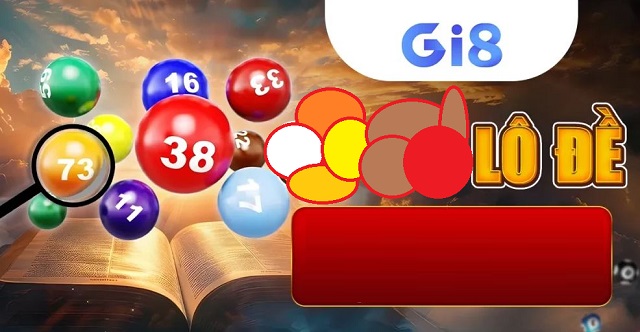
Ngoài ra, nền tảng còn tích hợp cả loại hình xổ số 3 miền, đáp ứng tối đa nhu cầu và sở thích của người chơi. Sau khi kết thúc đặt cược, kết quả trò chơi được nhà cái cập nhật nhanh chóng, minh bạch ngay trên hệ thống. Ưu thế này giúp người chơi không thể rời mắt khỏi màn hình mỗi khi ghé chơi.
3. Đánh giá trang lô đề nổi tiếng Vi68 về những ưu điểm thu hút người chơi
Để đánh giá trang lô đề nổi tiếng Vi68 có thực sự uy tín, chất lượng hay không, các bạn có thể xem xét dựa trên các ưu điểm nổi bật sau đây:
2.1. Giao diện thân thiện
Giao diện người dùng là một trong những yếu tố vô cùng quan trọng quyết định sự thu hút và trải nghiệm của người chơi tại trang lô đề Vi68. Theo đánh giá của các chuyên gia lâu năm, nền tảng này sở hữu một giao diện không chỉ đẹp mắt mà còn thân thiện và rất dễ sử dụng.
Tổng thể giao diện được thiết kế gọn gàng, phân loại các danh mục khoa học. Các tính năng chọn đài, vào số đến lịch sử cược, nạp rút tiền hay soi cầu,….đều được bố trí nổi bật dễ tìm kiếm. Vậy nên, bất kể ai, kể cả người lần đầu chơi lô đề online tại nhà cái cũng có thể dễ dàng thao tác trong lần đầu tiên.
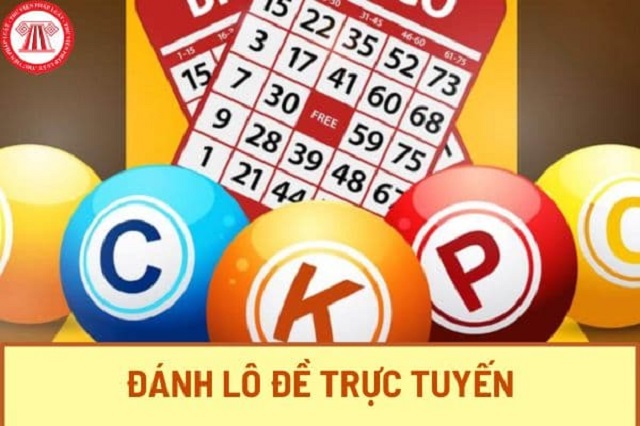
2.2. Tỷ lệ thưởng Vi68 cạnh tranh, minh bạch
Trang lô đề Vi68 là một sân chơi trực tuyến nổi bật, được đánh giá cao nhờ tỷ lệ trả thưởng hấp dẫn, minh bạch. Trong suốt quá trình hoạt động, nhà cái này áp dụng tỷ lệ thưởng lô đề cao hơn nhiều nơi khác, chẳng hạn như 2 số miền Bắc có thể đạt 1 ăn 99 hoặc cao hơn vào các đợt ưu đãi.
Đặc biệt, hệ thống Vi68 còn tự động tính tiền và thanh toán tiền thưởng ngay cho người chơi khi kết quả thắng cược được công bố. Điều này cho thấy nhà cái luôn hoạt động uy tín, minh bạch và là sân chơi đáng tin cậy đối với người chơi.
2.3. Khuyến mãi lô đề Vi68 cực khủng
Ngoài những ưu điểm trên, nhà cái còn được đánh giá là trang lô đề chịu chi khi thường xuyên đưa ra các chương trình khuyến mãi giá trị khủng cho người chơi. Tiêu biểu như:
- Tặng thưởng đến 128% khi nạp tiền lần đầu vào nhà cái.
- Thưởng tải app hoặc check in hàng ngày.
- Hỗ trợ chương trình hoàn trả cược thua hấp dẫn với mức hoàn trả lên tới 30% hàng tuần, quay số may mắn trúng tiền triệu,…
- Nhà cái đưa ra nhiều chương trình tặng quà hấp dẫn cho các thành viên VIP.
- ….

Trên đây là những thông tin Architectradure đánh giá trang lô đề nổi tiếng Vi68. Chắc hẳn sau khi tham khảo những thông tin này bạn có thể hiểu rõ hơn về chất lượng và dịch vụ tại đây để có thể an tâm tham gia đặt cược.




